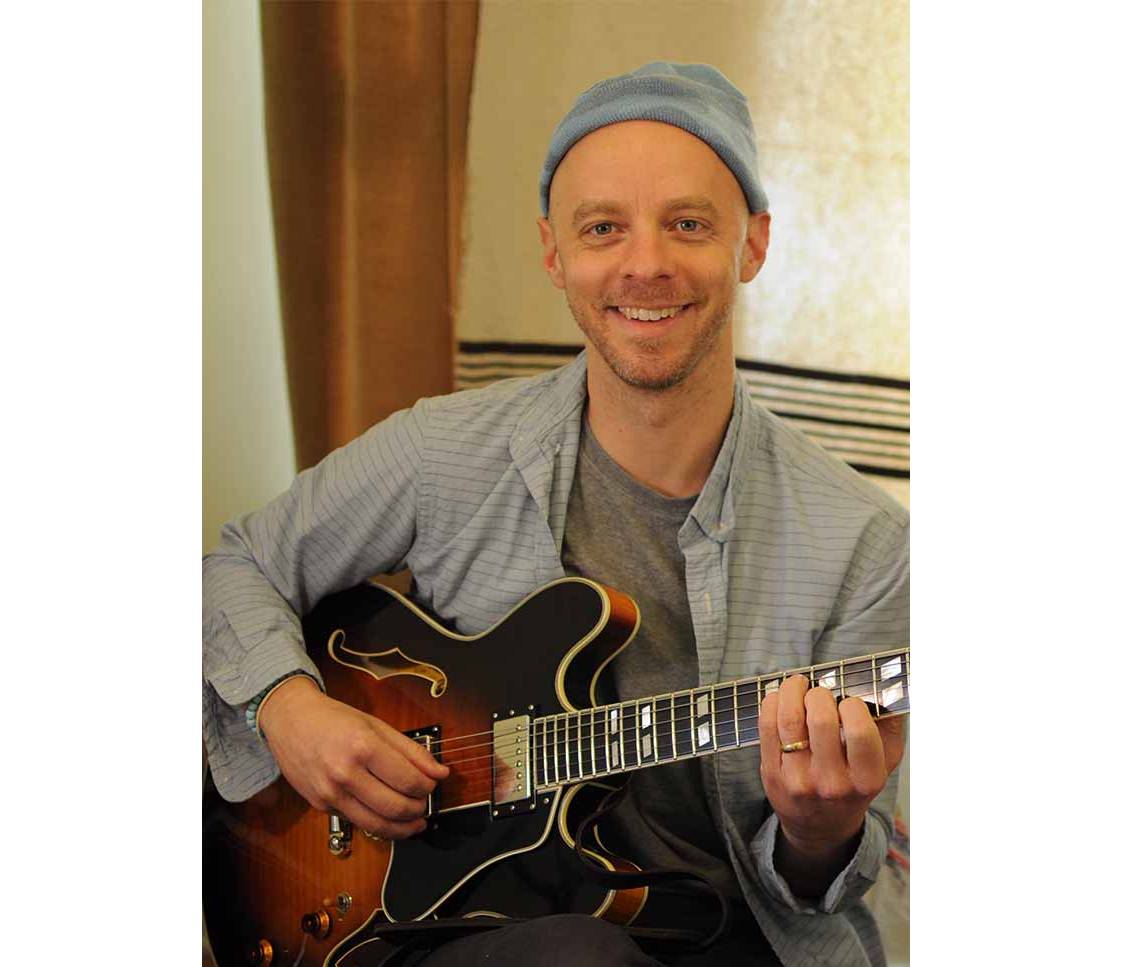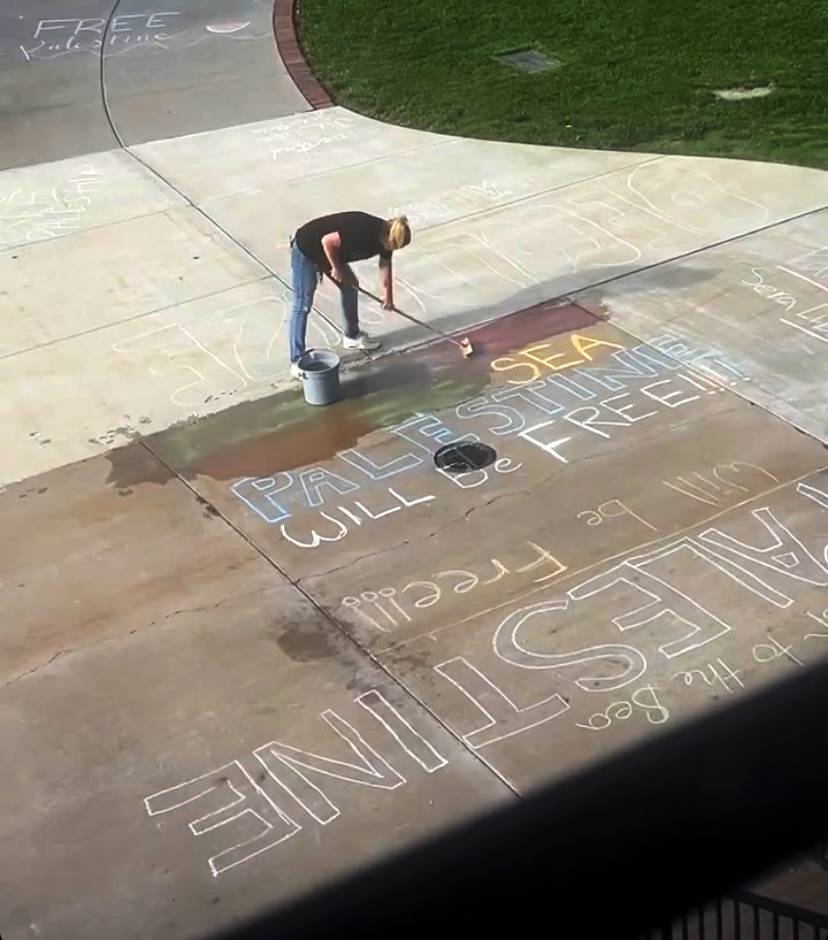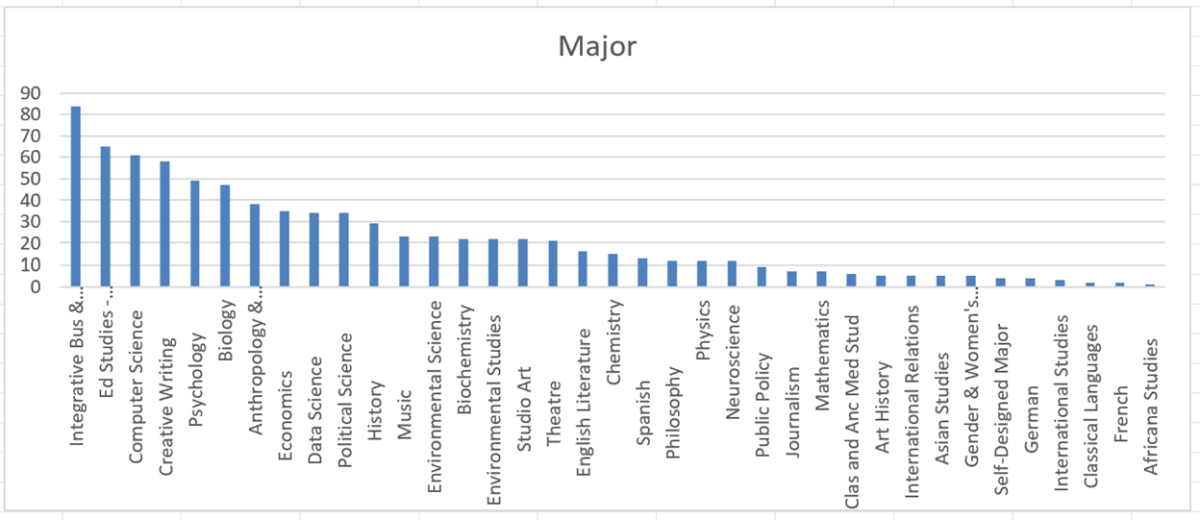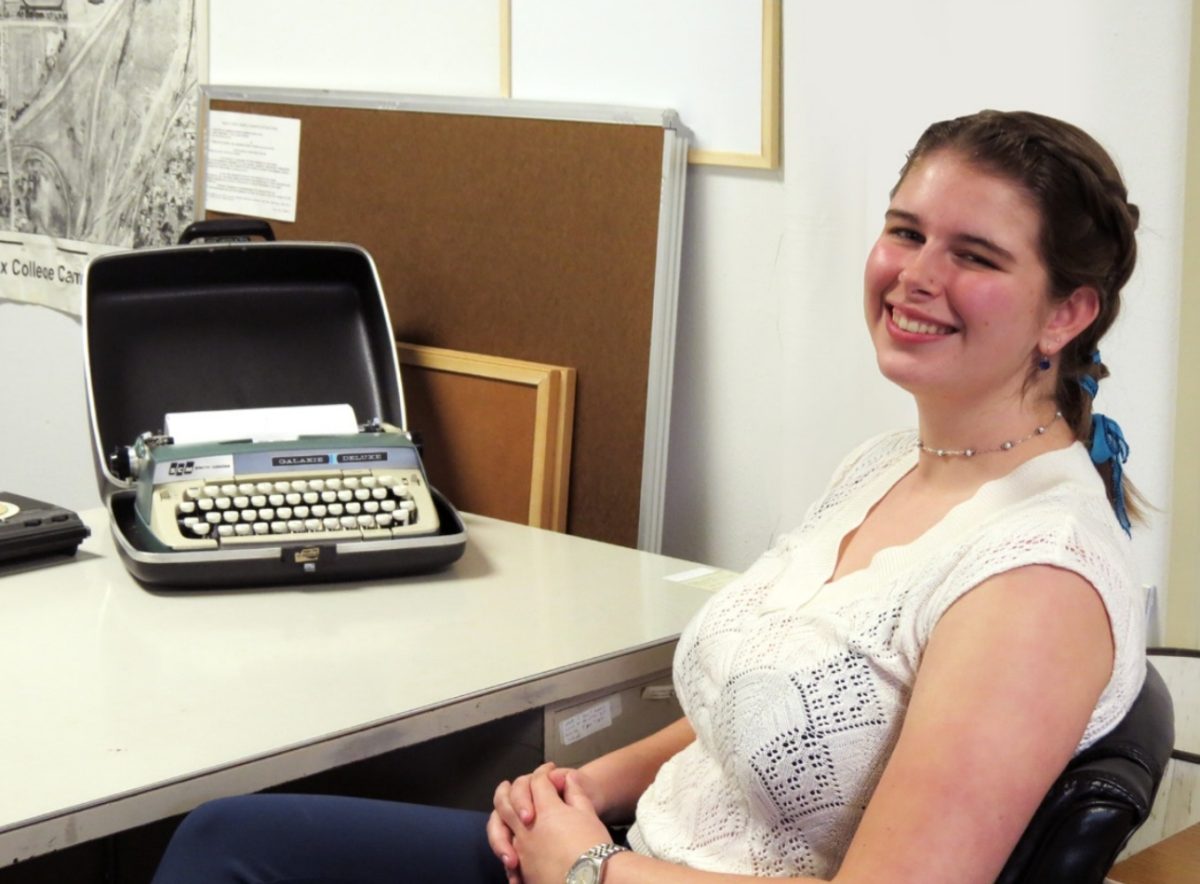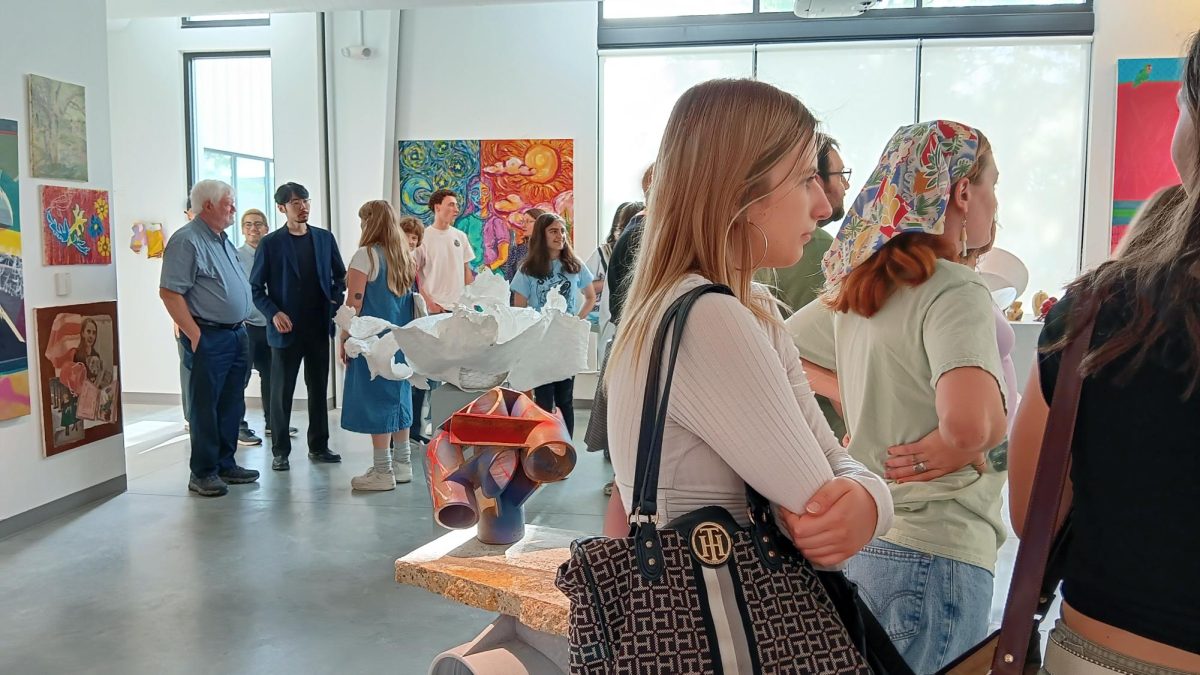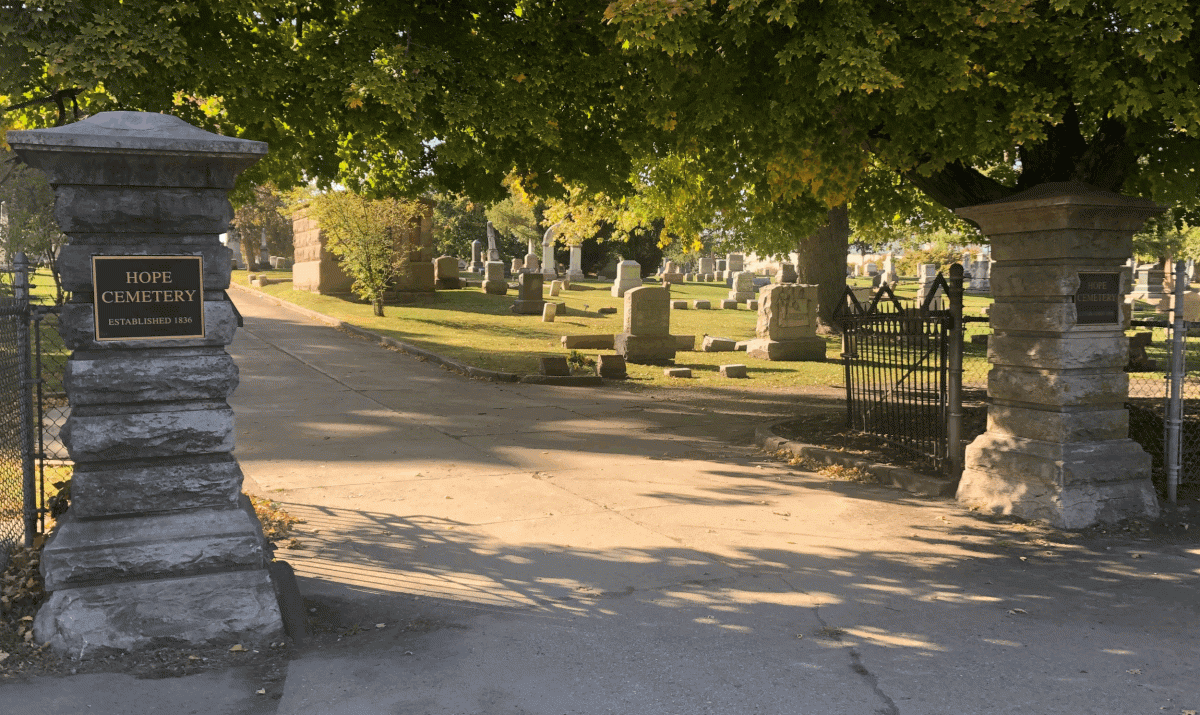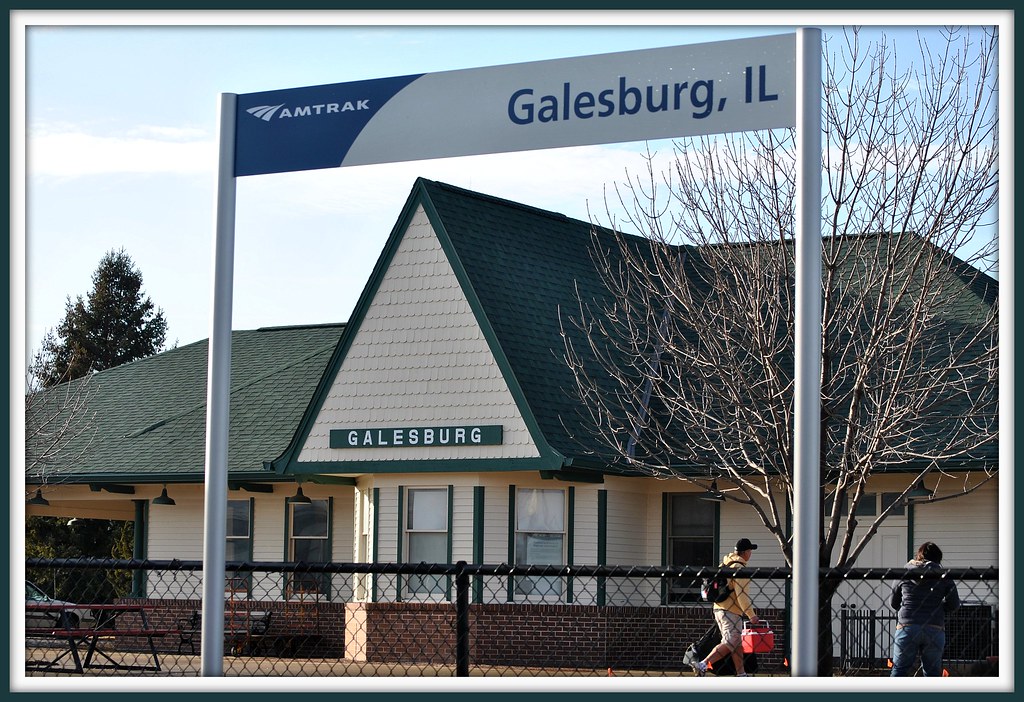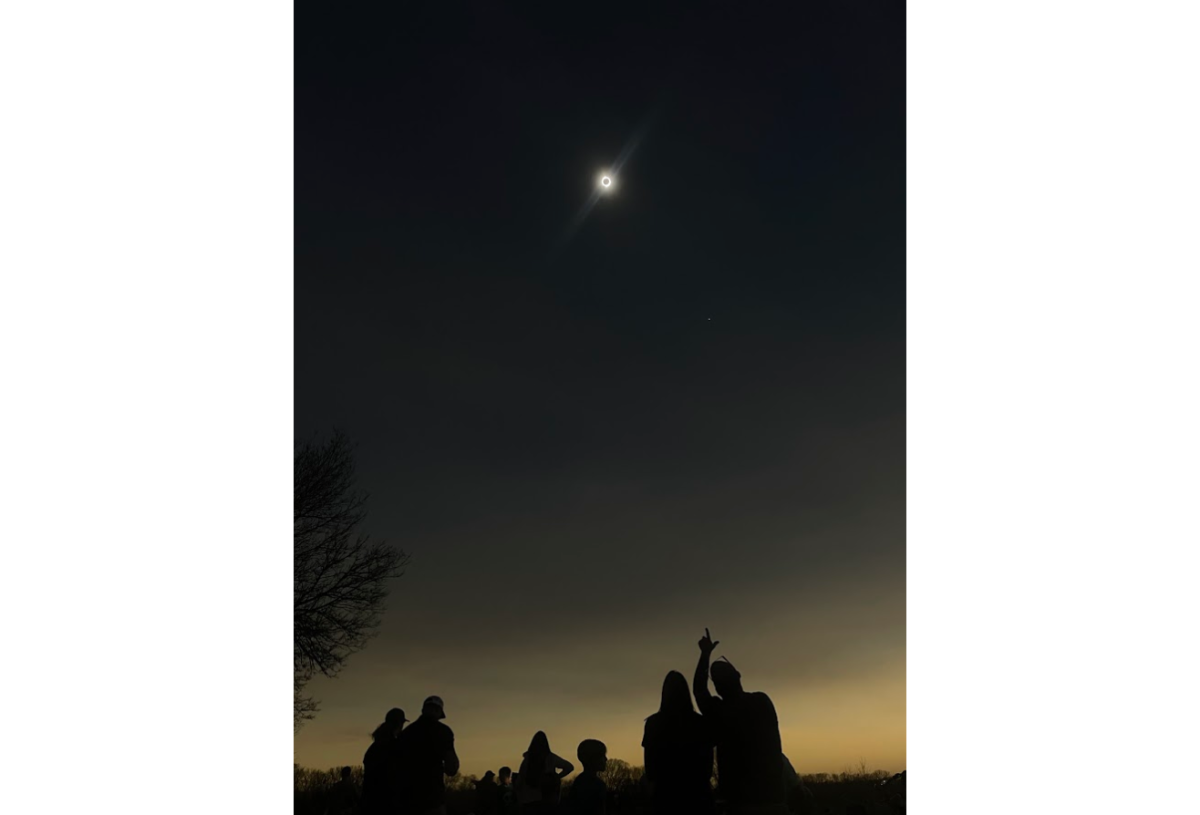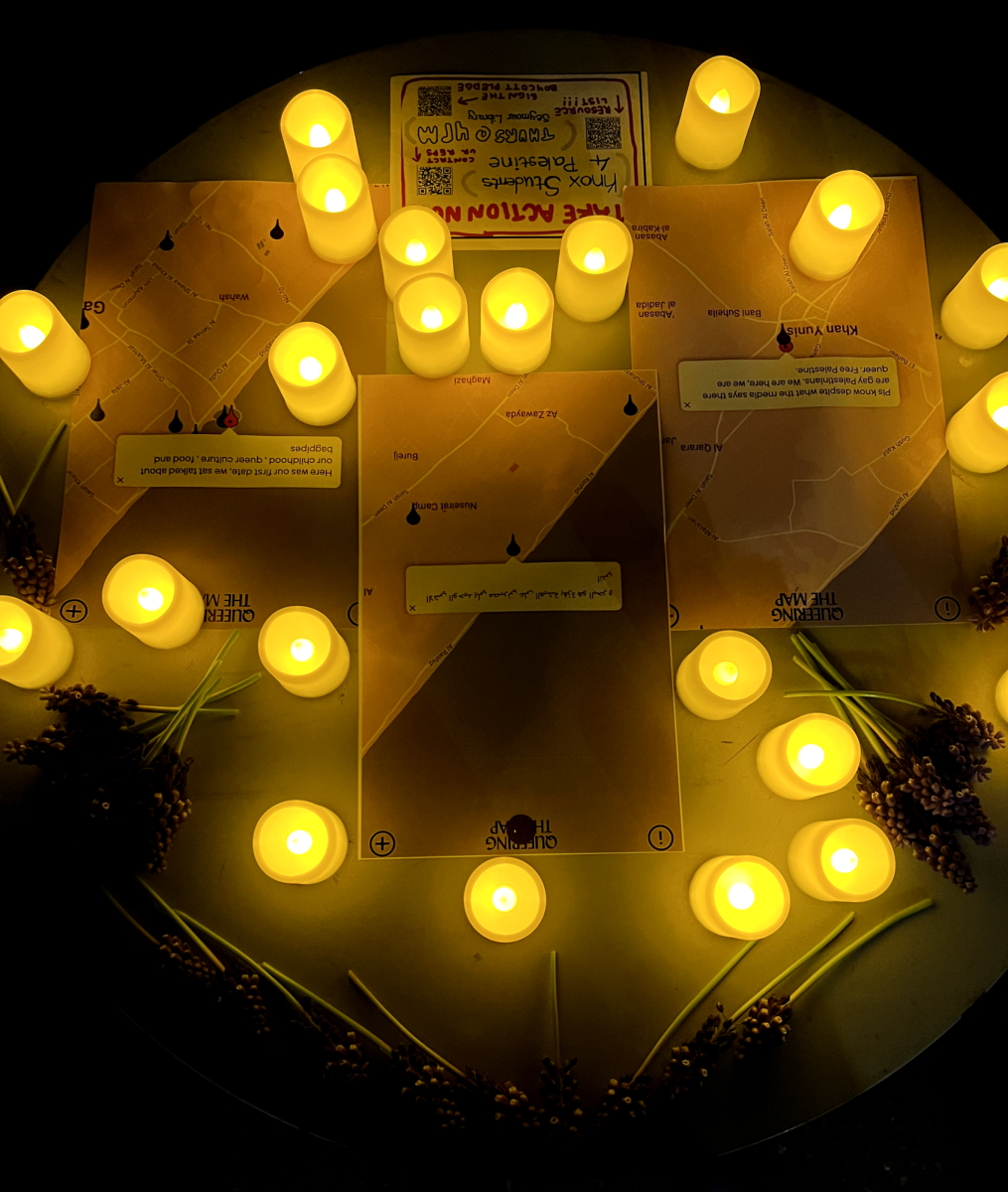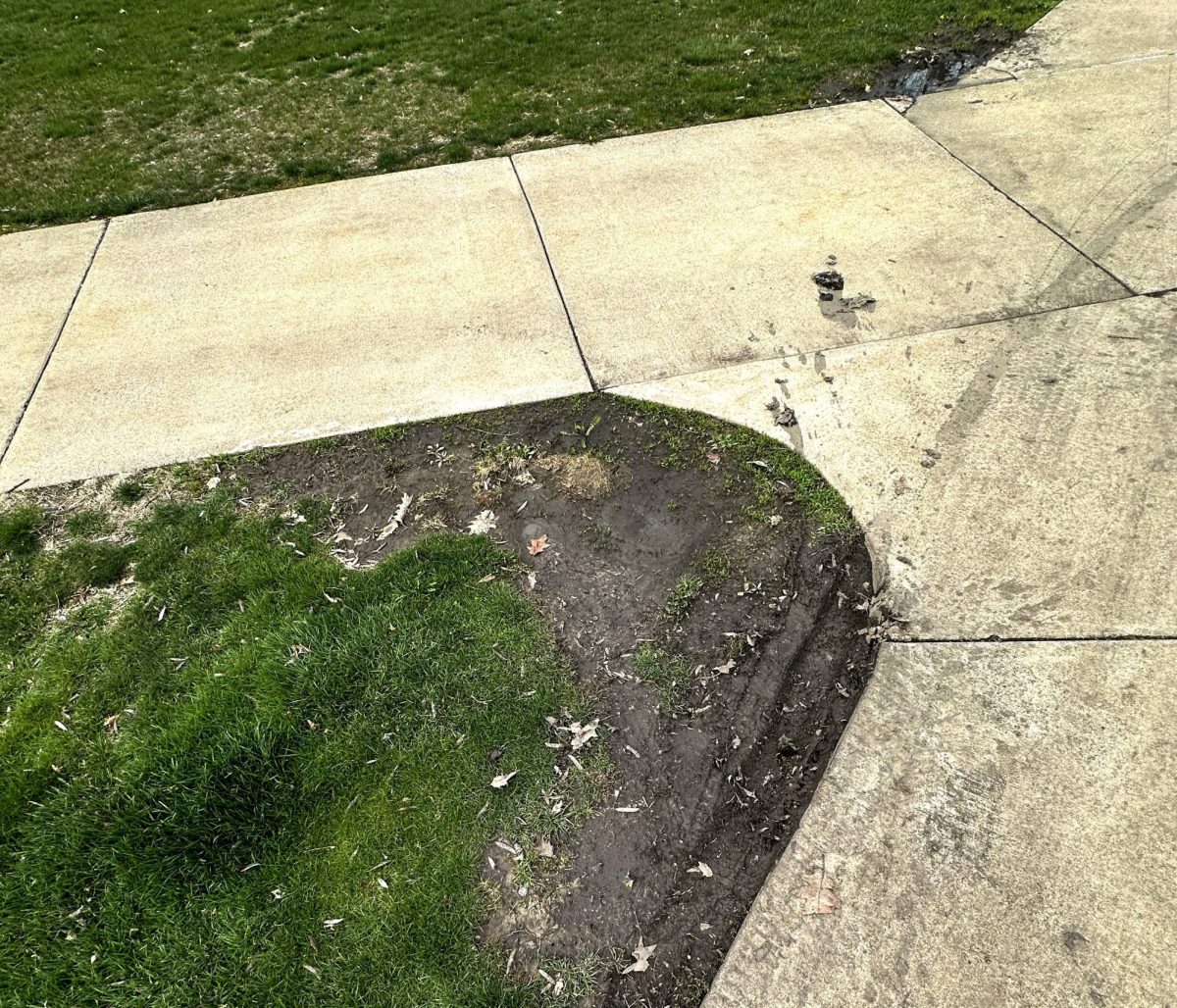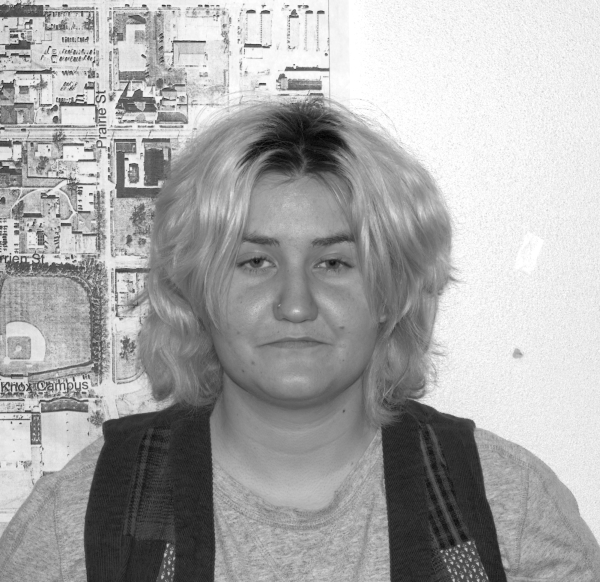‘Richard Worthington and His Wives’
A large portion of important historical figures from Galesburg have been laid to rest in Hope Cemetery. This includes 13 former mayors, and the town founders. However, there are many people resting in the cemetery of whom we have far less information, especially members of oppressed groups.
The historical nature of this location lends itself to the understanding of Galesburg and Knox history. However, it also means there are many long forgotten graves, and untold stories.
The original entry to the cemetery is where the Don Moffit Overpass now resides. The closed off mausoleum, known as Hope Abbey, marks this past entrance. Interestingly, this mausoleum is managed by a department of the Wells Fargo Bank.
It is no longer possible to view this area from the same perspective as those residing there had. It is, however, helpful in better understanding the town’s history.
The grave of Richard Worthington, affectionately called, ‘Uncle Dick,’ rests at the front of the cemetery, near the current entry gates. He is one of several Black men who fought for the Union in the Civil War to find a final resting place in Hope Cemetery. Both his parents were slaves, and he was an active member in the community after he moved here in 1867.
Worthington worked in the gas works for 30 years, and during that time gained a reputation for being extremely financially savvy, and a very successful investor.
He was very religious, unsurprising for the era, and was active in the local African Methodist Episcopal church. He was a pillar of the community, and was widely respected for both his financial sense, and religious morality.
Due to the nature of the racist ideals prevalent in the North during the Civil War, many Black soldiers or former slaves believed it their responisbiliy to become someone white men would respect. This was true for Worthington.
It is difficult to look back on these figures, knowing that the cruelty of those around them would not abade regardless of how righteous or educated they became. To see these people believe it their responsibility to gain the respect of the white community, rather than the responsibility of the white community to address their prejudice can be striking.
It is important to acknowledge the abolitionist history of our town, but also to take accountability for the racism that prevailed even in the Union. We can both view Worthington as the hardworking and intelligent person he was, and also understand that he was forced to present himself as extremely pragmatic and moral to counteract the stereotypes facing him.
It can be fun to examine the historical aspects of Hope Cemetery, and to emphasize the creepy nature of, especially, such an ancient area. But we must also be cognizant of the harm done to different communities historically and currently within this area, and be critical of ideas that may support stereotypes or untrue narratives.

